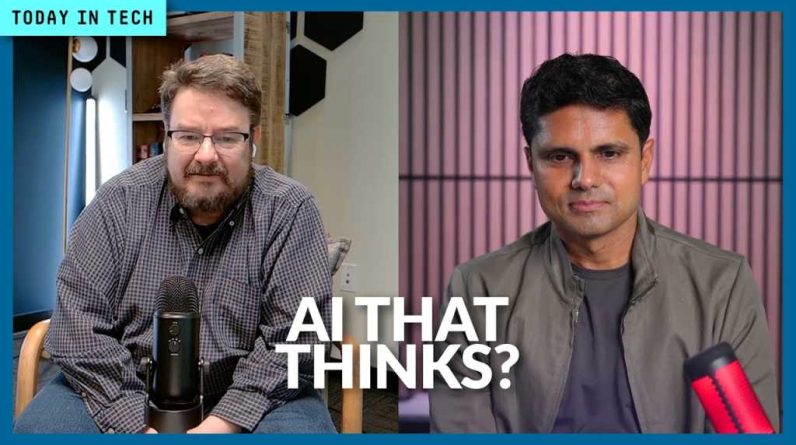
For centuries, the New York metropolitan area has adapted to global trends, harnessed new technologies, and served new markets. As part of that evolution, each year, hundreds of thousands of New Yorkers change jobs to earn more, master new skills, and adjust to shifting demands.
The region is by far the country’s biggest economic engine: its 12 million workers produced goods and services worth more than $2 .1 trillion in 2022. Artificial Intelligence is now creating an economic revolution that New York could be well positioned for. Our capital markets are deep and diverse (VC investments in AI grew by 32% vs 2% in non-AI deals). Our region has the highest productivity rate in the country. We are home to 3 of the top 20 research universities. And so on.
Research by the McKinsey Global Institute suggests however that 1.1 million workers might experience a job shift by 2030. That is 9% of jobs in the region, and across a startling array of roles.
Indeed, we expect automation to rise by 27 to 38 percentage points in jobs requiring collaboration and decision-making—work with almost no previous exposure to automation. AI will also automate an array of repetitive and rote tasks, freeing many workers to do more interesting and valuable work. As just one example, small armies of legal associates may no longer need to review mountains of nearly identical documents. Instead, they could use their time to master new skills, support their clients better, or focus on more complex matters.
While AI may spark overall productivity gains, some might be left behind. Our research shows that Latinos and younger workers are more likely to be negatively affected, for example. Women are more than twice as likely as men to need help in job transitions, and workers in lower-wage jobs are over four times more likely to need help in job transitions than high earners. In short, the region is likely to gain higher-wage roles while shedding some low and middle-wage jobs.
Business leaders, academia and government will need to collaborate to help workers master new skills and make job transitions, as well as create pathways for new generations entering the workforce. Companies could provide training and other resources to help employees work with AI. Some are starting already, such as Amazon’s Upskilling 2025 and its Technical Academy, Microsoft’s global training initiative, Royal Dutch Shell’s Udacity partnership, and AT&T’s Future Ready Initiative. New collaboratives across the private sector, academia, non-profits and government might be needed to address workforce readiness with a lens toward equity. And government can play a pivotal role in establishing a framework for responsible AI, supporting enterprising companies in experimenting and scaling use cases and providing resources for workforce development. New York State, spearheading its Empire AI Consortium, and its Emerging Technology Advisory Board, stands at the forefront of national leadership in shaping our collective understanding and action.
AI has the potential to shift the nature of occupations from banking to music, creating new jobs we can’t even imagine yet, and transforming the mix of opportunities in the country’s biggest labor market.
It’s far too early to know how history will judge New York’s leadership in the AI revolution. But if we get it right, millions of New Yorkers and nearly every industry will benefit, and New York will lead the nation (yet again) in re-creating itself to meet the challenges of a new era.
–
I would like to thank my colleagues, Yael Taqqu (NY Office Managing Partner), Linda Liu (Partner), Anthony Shorris (Partner), and Andrew Shearer (NY Communications) for their contributions to this article.






